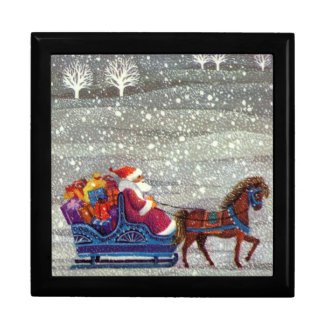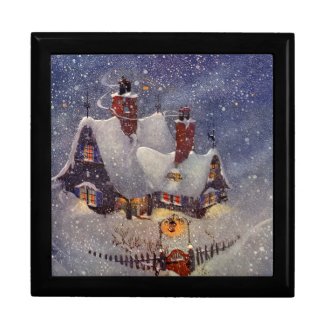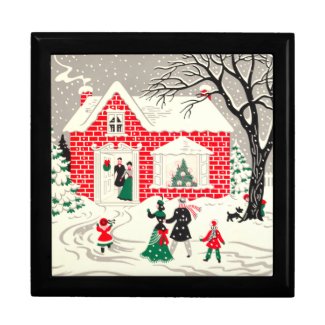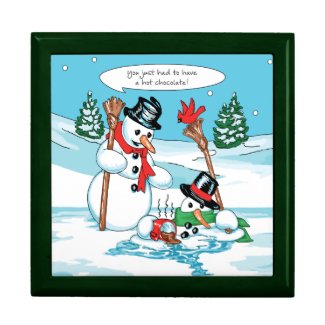Part six of a series on the history and traditions Christmas.
The real meaning of Christmas is often expressed as being about giving to others during the holiday season. Giving can take many forms, but during the Christmas season the most obvious way in which giving is done is by preparing beautifully wrapped Christmas presents for family, friends, acquaintances, work colleagues, teachers and others such as business clients.
Throughout the ages and throughout countless civilizations such as the Romans and Egyptians, subjects would offer up gifts during ancient celebrations or festivals. While the concept of gift giving remains the same, the methods have changed quite a bit over the centuries.
The giving of presents dates back over 4000 years to the Mesopotamians. They believed that every year in winter their primary god Marduk would do battle with the evil spirits of chaos. Upon Marduk's return, a festival of celebration was held. At the end of the new year festival, they would present gifts to one another to mark the beginning of the new year and the success that Marduk had yet again bestowed on them.
For many Christians, the act of gift giving is symbolic of the Three Wise Men bestowing gifts of gold, frankincense, and myrrh upon the Virgin Mary and baby Jesus to celebrate his birth.
On one point, however, Christmas gifts were forbidden. Giving gifts during Christmas restarted in the early 19th century when the celebration of Christmas was restored after a period when the Protestants in England banned Christmas celebrations. From the Victorian era on, gifts have been wrapped with elaborate papers, ribbons, and bows. And instead of being placed at the foot of a King, they are now scattered underneath a Christmas Tree, or found snuggled within our Christmas Stockings.
But the practice of giving gifts as is common today, evolved from a retail strategy that involved Santa Claus and attracting children into stores. For that reason, giving gifts at Christmas and during the holidays is now centered on children. In 1820, stores started to advertise special Christmas shopping promotions. At the same time, newspapers also created advertising sections solely for holiday shopping advertisements. These special advertising sections had prominent displays of Santa Claus. In 1841 when a store in Philadelphia had a life-size model of Santa Claus, hundreds of children turned up to get a look at Santa Claus. Because of that marketing strategy to attract children during Christmas, the focus was therefore to give Christmas presents to children.
Today, gift giving is still focused on children. Within families, the focus on children is evident in the fact that each individual child will get more gifts than all of the adult members of the family combined. For young children, who are particularly delighted and enchanted by the holidays and Christmas festivities, toys are usually the gift given. Among older children, clothes and electronic gadgets are popular items to give as Christmas gifts.
No matter how you believe the tradition of Christmas gift giving began, the message these gifts brings forth is one of wonder, happiness, and surprise.
Author: Anne Jefferson








No comments:
Post a Comment